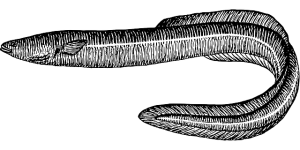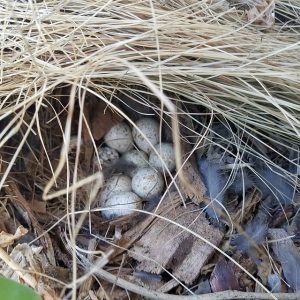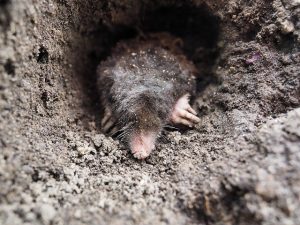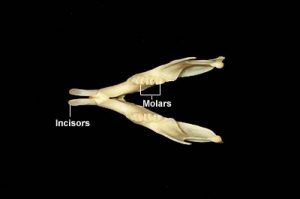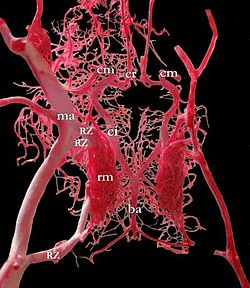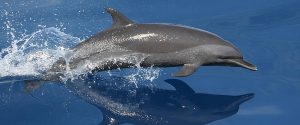
bottlenose dolphin or porpoise
Porpoises (bottle-nosed dolphins) never hurt humans, but crush vicious barracudas and kill deadly sharks. It is sonar (underwater radar) that enables them to successfully plan their attacks. With their high-pitched squeaks, they can identify the type of fish, and measure its distance and size.
Porpoises have a special region in their head which contains a specialized type of fat. Scientists call it their “melon,” for that is its shape. Because the speed of sound in the fatty melon is different than that of the rest of the body, this melon is used as a “sound lens’ to collect sonar signals and interpret them to the brain. It focuses sound, just as a glass lens focuses light. The focused sound produces small “sound picture” in the porpoise’s mind – showing it the unseen things ahead in the dark, murky water.
It has been discovered that the composition of this fatty lens can be altered by the porpoise in order to change the sound speed through the melon – and thus change the focus of the lens to accord with variational factors in the surrounding water!
There is also evidence that the composition of fat varies in different parts of the melon. This technique of doublet lens (two glass lenses glued together) is used in optical lenses in order to overcome chromatic aberrations and produce high-quality light lenses. The porpoise appears to be using a similar principle for its sound lens system!


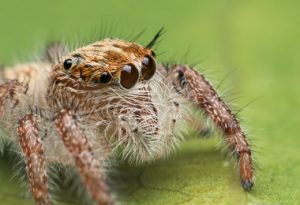
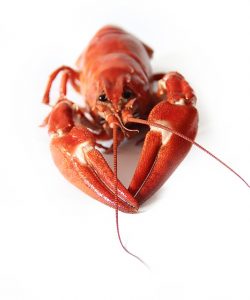
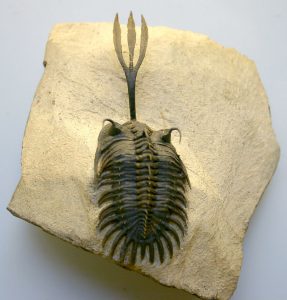
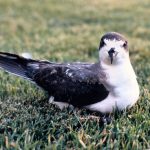
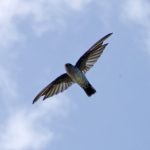
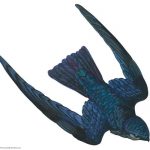 Scientists have tried to figure out why the clicks vary in frequency as the bird gets closer to the wall. They eventually discovered that the tiny bird – with a brain an eight as large as your little finger – does this in order to hear the return echo! The problem eis that the click must be so short and so exactly spaced apart, that its echo is heard by the ear of the bird – before the next click is made. Otherwise the next click will drown the sound of the returning echo.
Scientists have tried to figure out why the clicks vary in frequency as the bird gets closer to the wall. They eventually discovered that the tiny bird – with a brain an eight as large as your little finger – does this in order to hear the return echo! The problem eis that the click must be so short and so exactly spaced apart, that its echo is heard by the ear of the bird – before the next click is made. Otherwise the next click will drown the sound of the returning echo.